In this tutorial you will learn all about patterns and how you can use them to create awesome artworks.
Patterns
If somebody mentions the word pattern then you would tend to think of an image like this where each part of the pattern is identical:

There are however many more ways that we can use patterns to make incredible works of art.
So let’s start by looking at the definition of a pattern:
Definition of a Pattern
a pattern is an arrangement of repeated parts or decorative designs
The key here is the word repetition.
In order to get a pattern we need to repeat something in such a way that the repetition becomes noticeable to the eye.
Traditionally we think of patterns as being man-made, and we do enjoy creating a good pattern. Usually to decorate something like these ties:
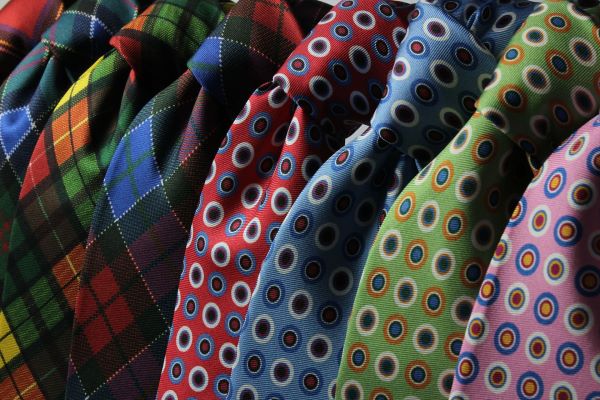
To make something look neat, like this shop:

and sometimes we create patterns inadvertently because that is the best and most practical way to do it. An example of that would be the repetition of the office building on the other hand An example of that would be the repetition of the offices in this building:

Nature on the other hand, we tend to think of as random and in general it does appear that way.

However if we really start looking around we will find that there are plenty of patterns in nature.
How about the petals on this flower?

or the wings on this butterfly:
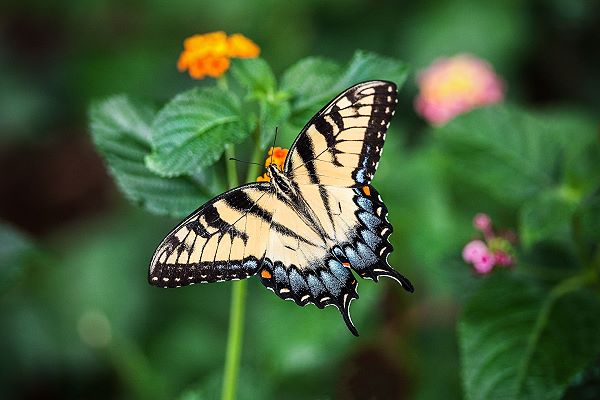
These are classic examples of patterns in nature. Look around and you will find thousands more.
Regular vs Irregular Patterns

Patterns don’t however need to be perfect copies of each other to be a pattern.
Look carefully at the pattern above and you will notice that we actually have two patterns.
The scale effect is a perfect repeating pattern, but each scale is a pattern formed by increasingly smaller arches forming an irregular pattern.
Here is a typical irregular pattern you will find in nature:

We have a pattern of rocks, yet each rock is a different size, shape and direction.
So how do we still recognise this as being a pattern and how can we use these patterns to make our artworks more interesting?
Methods Used to Form Patterns
The most common method to create a pattern is :
1) to Repeat Shapes
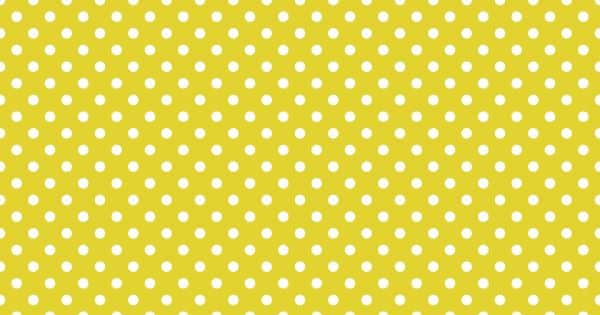
Other methods are:
2) Repeating Objects
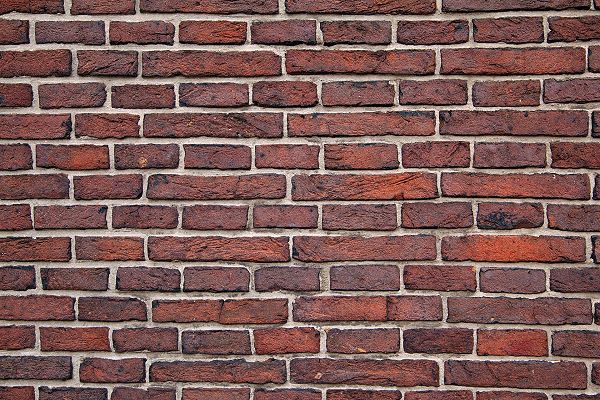
Like the bricks in a wall
3) Repeating Directions
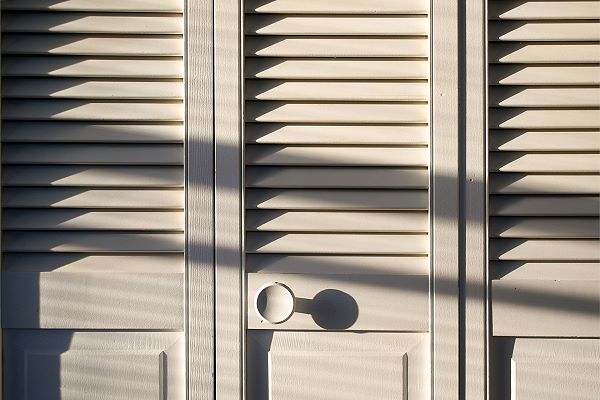
Like the lines on this cupboard.
4) Repeating Changes

In this pattern each line changes direction and gets gradually longer and longer forming a pattern.
5) Using a Central Point
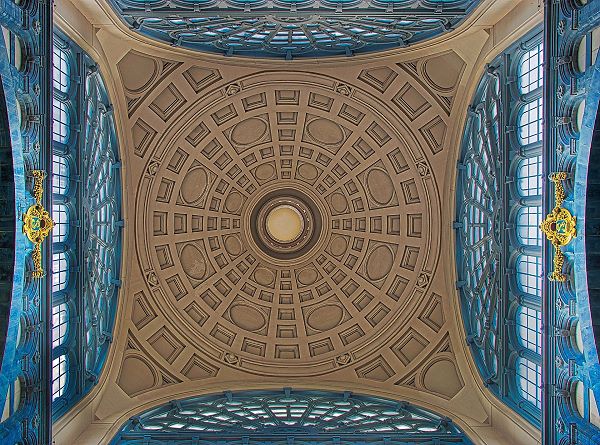
All the patterns in the dome radiate outward from the central cap.
6) Repeating Colours
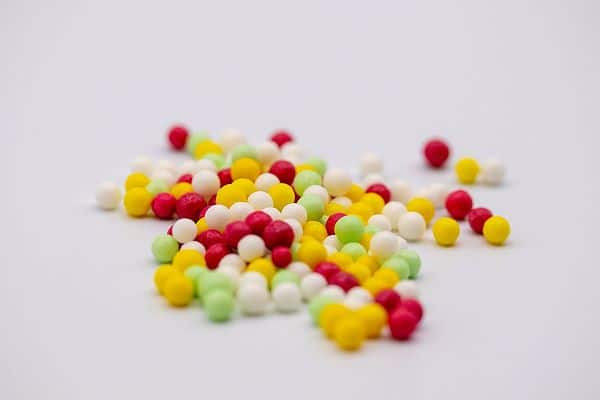
7) Repeating Images
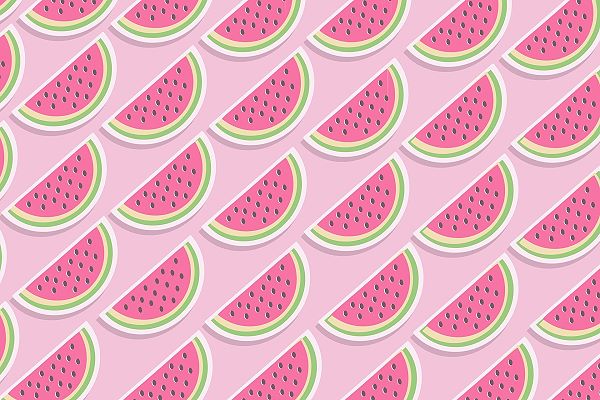
8) Even Repeating Brush Marks
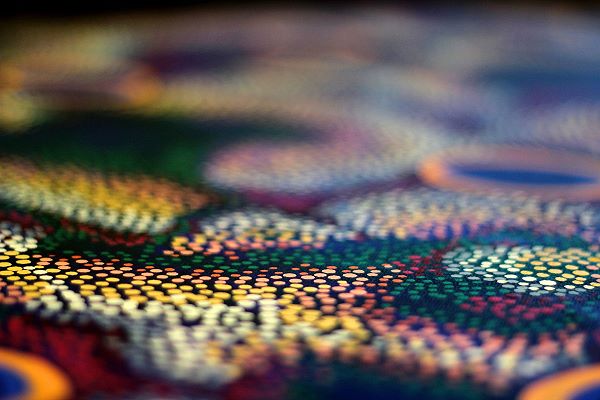
Each brush stroke in this painting is identical.
Using Patterns to Convey Emotions
We can use patterns to make our artworks more interesting by varying whether we repeat the pattern at regular or irregular intervals.
This allows us to create different effects, atmospheres and even emotions in our artworks.
Regular Pattern Emotions
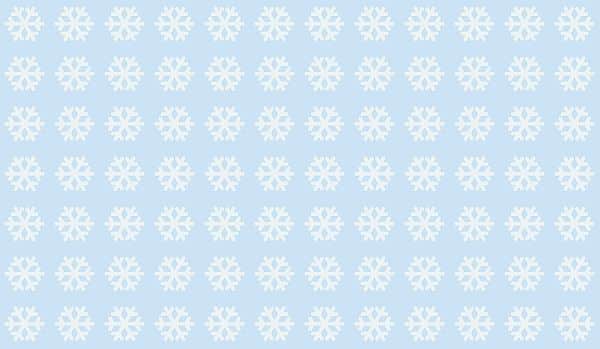
Keeping our pattern regular gives it a more structured and formal feel.
There is a sense of order and calm in this artwork.
Irregular Pattern Emotions

When we use irregular patterns however, we can create a busy, energetic effect. Sometimes even conveying chaos if the pattern is irregular enough.
Irregular Pattern Formations
Now let’s take the different methods used to form a pattern and create irregular patterns with them.
1) Irregular Shapes
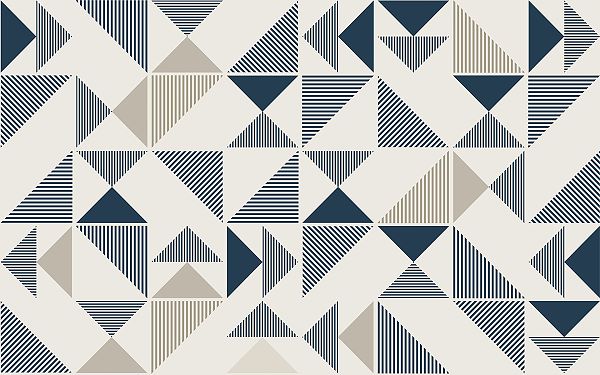
Notice how chaotic these repeated shapes look.
2) Irregular Objects
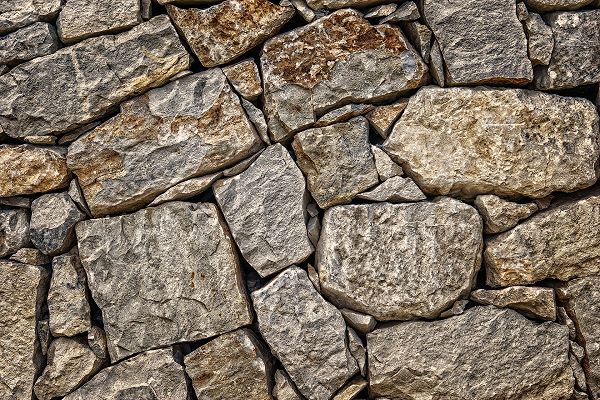
The irregular pattern formed by the randomly shaped rocks in this wall gives it a rough and organic look.
3) Irregular Directions
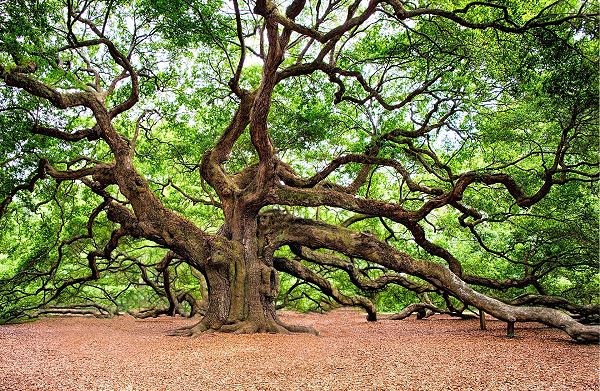
Each branch on the tree is heading in its own direction to form fabulously flowing patterns.
4) Irregular Changes

Each of these lines are changing, but none are changing the same, giving the artwork and abstract feel.
5) Irregular Central Point

All these circles are converging around a central point, but not radially like the spokes of a bicycle. Can you feel the tumbling effect it creates?
6) Irregular Colours

These tiles are all random colours, yet they all still work well together.
7) Irregular Images

In this artwork each image is different yet they’re still form a recognisable pattern.
Paintings with Pattern Formations
Now that we know how to identify the different types of patterns let’s see how they can we used in actual paintings.
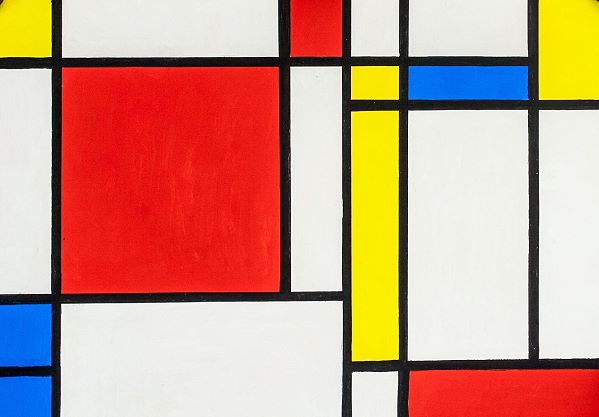
In this painting by Piet Mondrian he has used irregular shapes and colours to create paintings that have become classics.
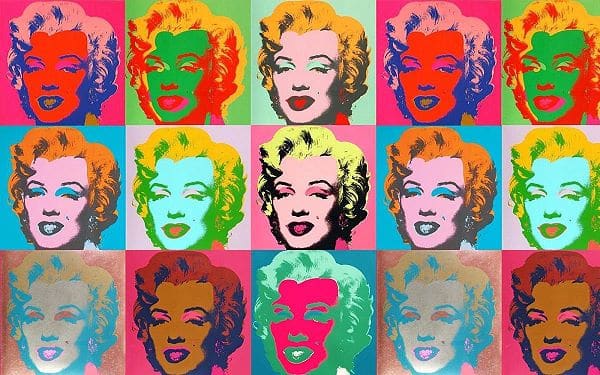
Andy Warhol famously used patterns of regular images combined with irregular colours to create his pop art prints.
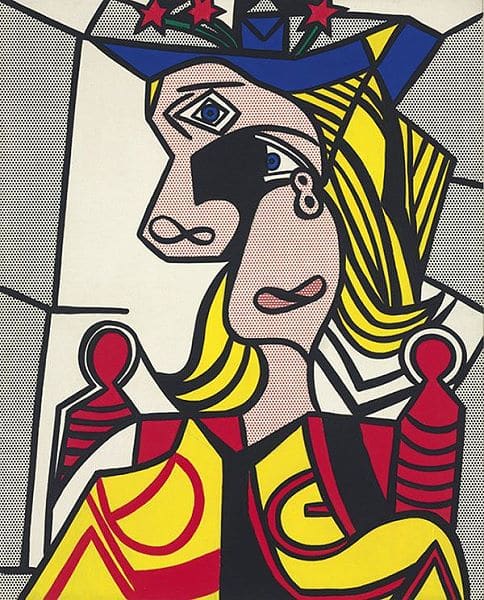
Roy Lichtenstein used irregular changes and shapes to create his artwork entitled “Woman with flowered hat”.
Classes Using Irregular Patterns
Here are a few more paintings with patterns in them. Look at each of them to see if you can recognise which methods were used.
You can also click the images to follow those classes if you wish.
Breaking the Pattern
Now we come to something that can really make your artworks stand out, and that is to break the pattern.
This can be done in many ways, but the idea is to add an unusual element to your pattern.
When you look at a pattern your brain is soothed by the repetition.
It likes to look at patterns because that is how it operates.
We recognise everything we know because our brain has memorized each item’s pattern.
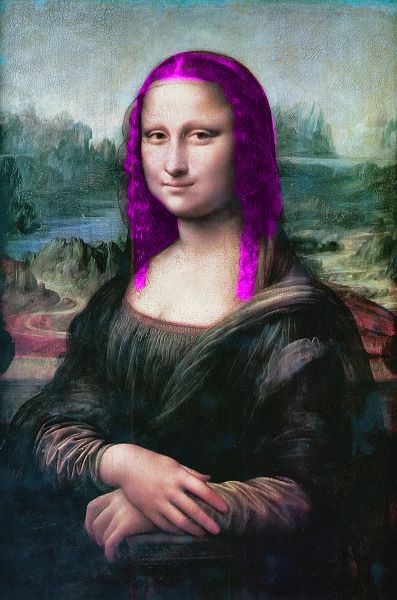
That is why you immediately notice when somebody has coloured their hair a different colour. That colour differs from the pattern your brain has memorized.
In other words the minute you break the pattern, your brain takes note and pays extra attention to this break in the pattern. It then tries to figure out what is different from the pattern it has stored in memory.
By the same token if you break the pattern in your artwork, then that’s break becomes the focal point of the artwork.
Here is a classic example:

Paint the artwork in monotone then add a dash of colour to the focal point.
You can however use any of the methods already mentioned to break the pattern.
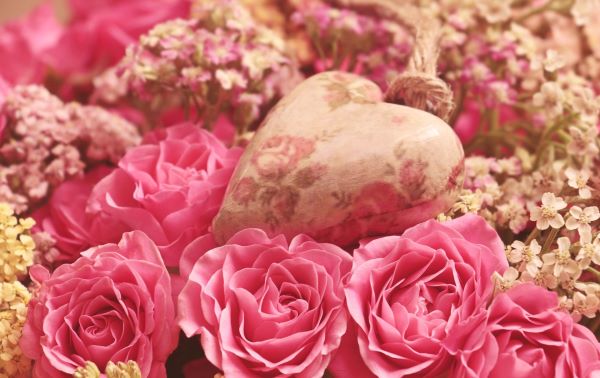
In this example the pattern of flowers is broken by the heart shaped pendant.
As you can see there are so many intersting ways that you can use patterns to add tons of interest into your artworks.
Another way is to create the illusion of movement in your artworks. Go check out my tutorial that teaches you how to do just that.
Pin Me
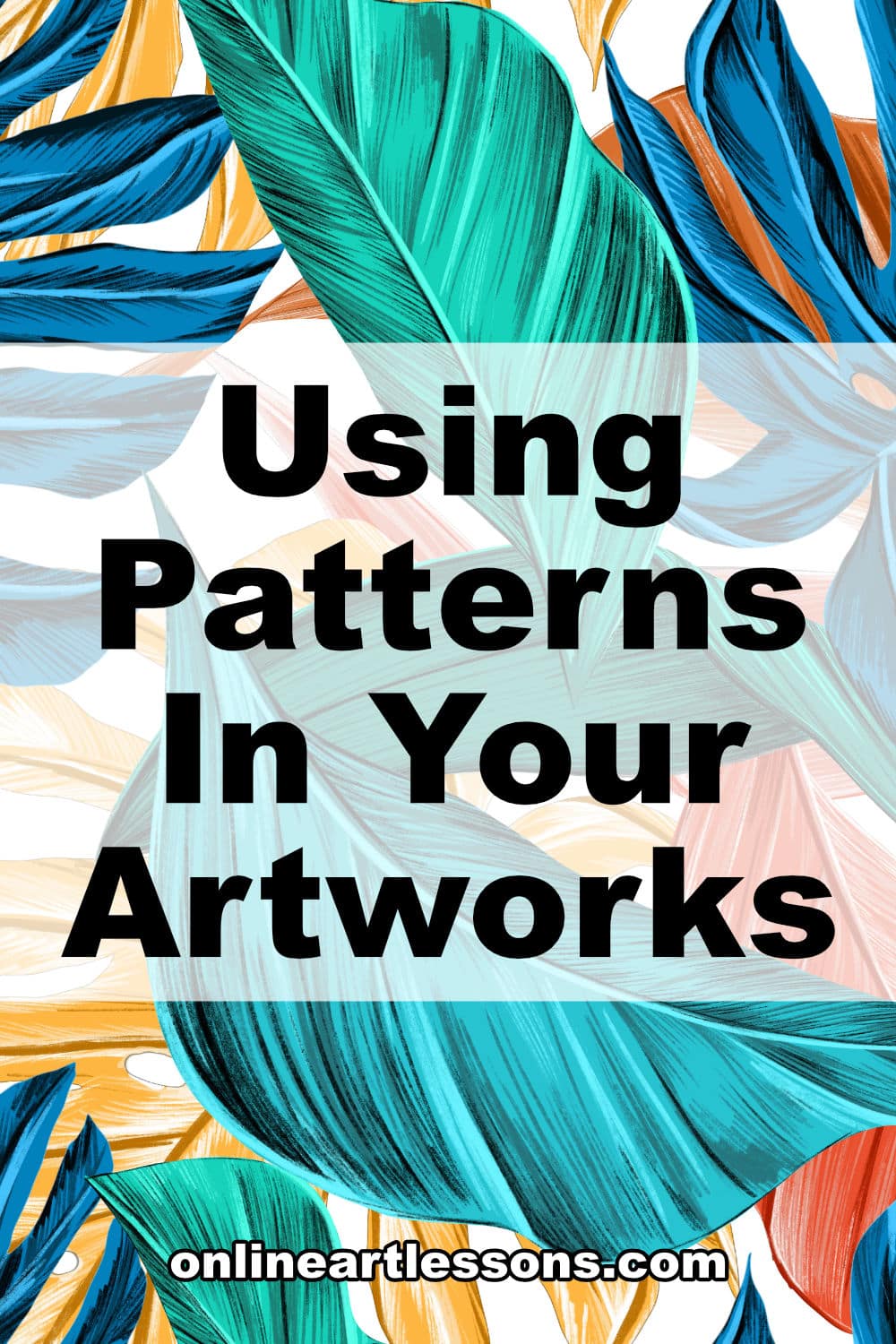
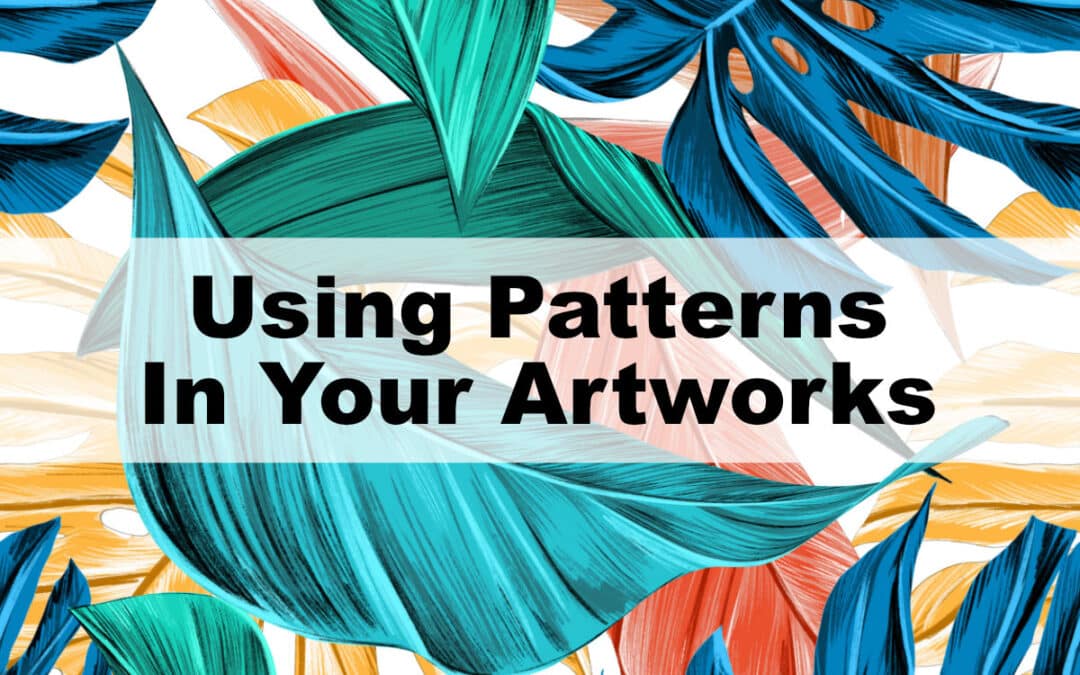
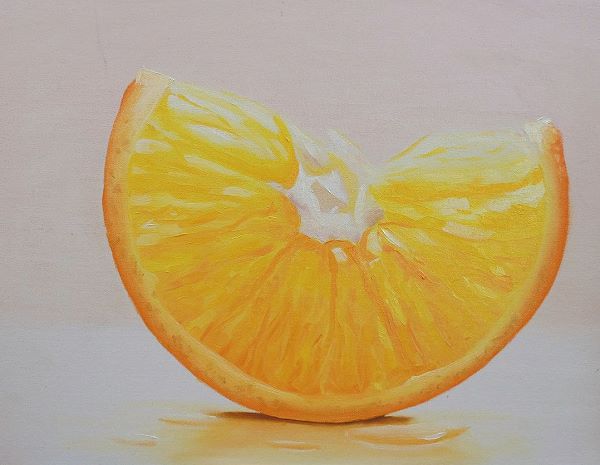
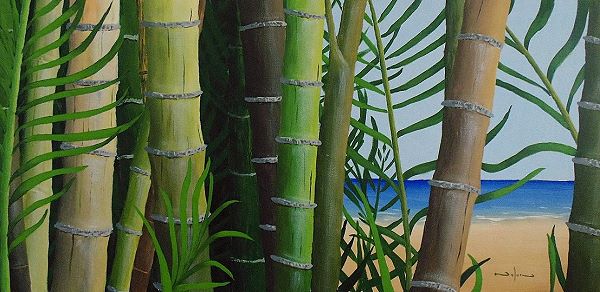
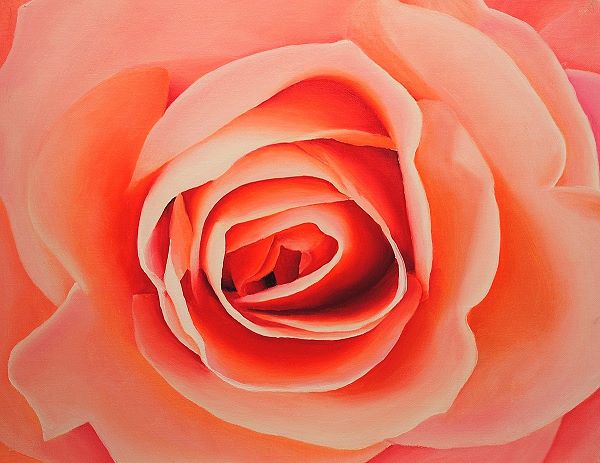
Great inforamtion! I find the brain behaviour and its perception quite interesting – Its like the sidewalks a fellow paints looks like you are sooking at a stairwell into a lower level but its a piainting on on a sidewalk! A perspective spacial feelint too!
yes it’s amazing how you can trick the eye into seeing things / depth that doesn’t exist. (I actually did a lesson on how to create that anamorphic street art effect)
that would have been very interesting – I used to love Han Escher’s art – had two of his etchings in my family room – unbelievable looking at it how it teases you!
the lesson is still available to view by following the link in my post
Han’s art is pretty amazing yes
Esher!!! That was a painting I did as a young teen… so I actually did 2 paintings. The one that destroyed my confidence (but got first rubban during summer camp) and one from Esher. I may have kept it. Nobody saw that one… ever.
@ayau
WOW … I could not even imaging trying to replicate his work!
You must have done an outstanding job!
… and guess what? I loved it 😂
we’d love to see it
The one from Esher is gone. Too bad as I was very ‘technical’. Probably end up in a bomb fire.
It was about this work and I make it very colorful. I remember that I decreased the number of characters on the stairs as they were challenging:
As for the rubban winning one… I found it under the stairs. But it breaks all the rules…. it looked much better in my memory. I did not know anything about painting.
… I don’t know Nolan. Posting that on the www 🙄
P.S. Liz it is much easier to reproduce Esher work than any other artist. All you need is a ruler and a protractor… others are tessellations. His genius was in creating them.
it’s just us here
Sorry for delayed reposnd – just getting back into swing o many things – Hope eveyone is doing great over the past couple weeks!
The two prints were oetched onto the glass – Escher ones – ones I had were -simpler designs. but still quite a study to try to follow – I found them fascinating – Donot have them now as the glass broke I do not recallhowo –
Thanks Annie – and Nolan
Hope you had a good break Liz
I had a very emotional and outstanding family reunion – after loosing communication and not seeing my cousins in 60 years to the days, ! We are now on a famiy chat. — They were so wonderful to me, and my son – was beyond any possible description!

Then the drone incident has put everyone on notice! That is an entirely different matter. They are all safe, hope and pray they stay safe! We lost so many already!
Everyone and the dogs… missed me here for sure !
awesome, wow it must have been crazy catching up on so many years. I am glad for you.
Tell me more about the drone incident?
Couple days after I returned home – The news reported that Russia had sent out 16 armed drones over the Polish air space – That is all I have control over in my own life!
That is all I have control over in my own life! 
which Nato/Polish defense shot down – one home was destroyed – family the inside it had got up early to get ready for work and schoool and were in their kitchen having breakfast when the drone or remnants of it, hit their home – they would not have survivied it they were sleeping in their upper bedrooms, my cousin said! The news reports here, (now very focused on the assasination of Mr Kirk in the US) did not focus on this incident particularly that I saw, other than, announcing that Putin stated it was an “accident". They were discussing how Putin is pushing and testing the EU to further expand his war – to reclaim the old Russian territies. Thank heavens no one was killed or injured! Polish people still do have trouble recovering from and coping with the heavy human losses from WW11!
War and the tragic losses of it are still very much in the minds of many people in Poland. They often include “If there will be a war we will do…" in their discussions about certain plans – which openly demonstrates their insecurity about their country’s future. They are fully aware of their vulnerabilities.
My family – are fantastic – was really a lifetime experience no one ever has… they were so generous to my son and I an my granddaughter in spirit and also all they did for us! We are now on a family worldwide chat – on What’s Ap – and they were so proud of me and mostly astonished that I have kept up most of my Polish language skills – One of my cousins daughters sent me a hand written letter in 1992 which I had hung on my fridge, It was hanging on our fridge all the years until I moved to this farm and it has been on the freezer door here since then! I scanned it and sent it to her showing her that I still had her letter in the hopes of some day communicating with her – it was a temporary address for her – when my father died – my mother did not know who his new generations in his side of the family were – and she did not communicate with them anymorel So everyone lost touch. I scanned the letter and forwarded it to my son to sent to her in Poland and they were so surprised that I kept that letter! Anyway I now have true blessings of a “wonderful family" along with my 3 wonderful sons. But really gratitude, joy and some new inner emotional peace that is very hard to describe now surrounds me!
This world is so messed up – in so many places and about so many aspects both environmentally and politically that it is so tragic. The democratic world while enjoying much freedom and peace… totally take for granted…abuse it… AND it is not protecting itself in dealing with the autonomies out there – and really how does anyone deal with the dictators running the show on the world stage, who are now ‘NEGOATIATING" with the mentally unsound dishonest elected politicians who run campaigns so openly based on statements of total dishonesty and lies to basically blindfold their citizens to gain and to win votes for their own abuse and control of their countries!!!" with really insanity on both sides – what can really be accomplished! So much of the history and world wide, human sacrifices through wars – not respected or protected – the world is not “learning" – and “respect for humanity or its existence" is not seemingly important.
Anyway this message should most likely not be in this section of the forum! Sorry !
As one person… I am always wishing and praying for everyone to experience peace and all that is good out there!
Good on you for staying in touch with your roots
Thanks so much Nolan